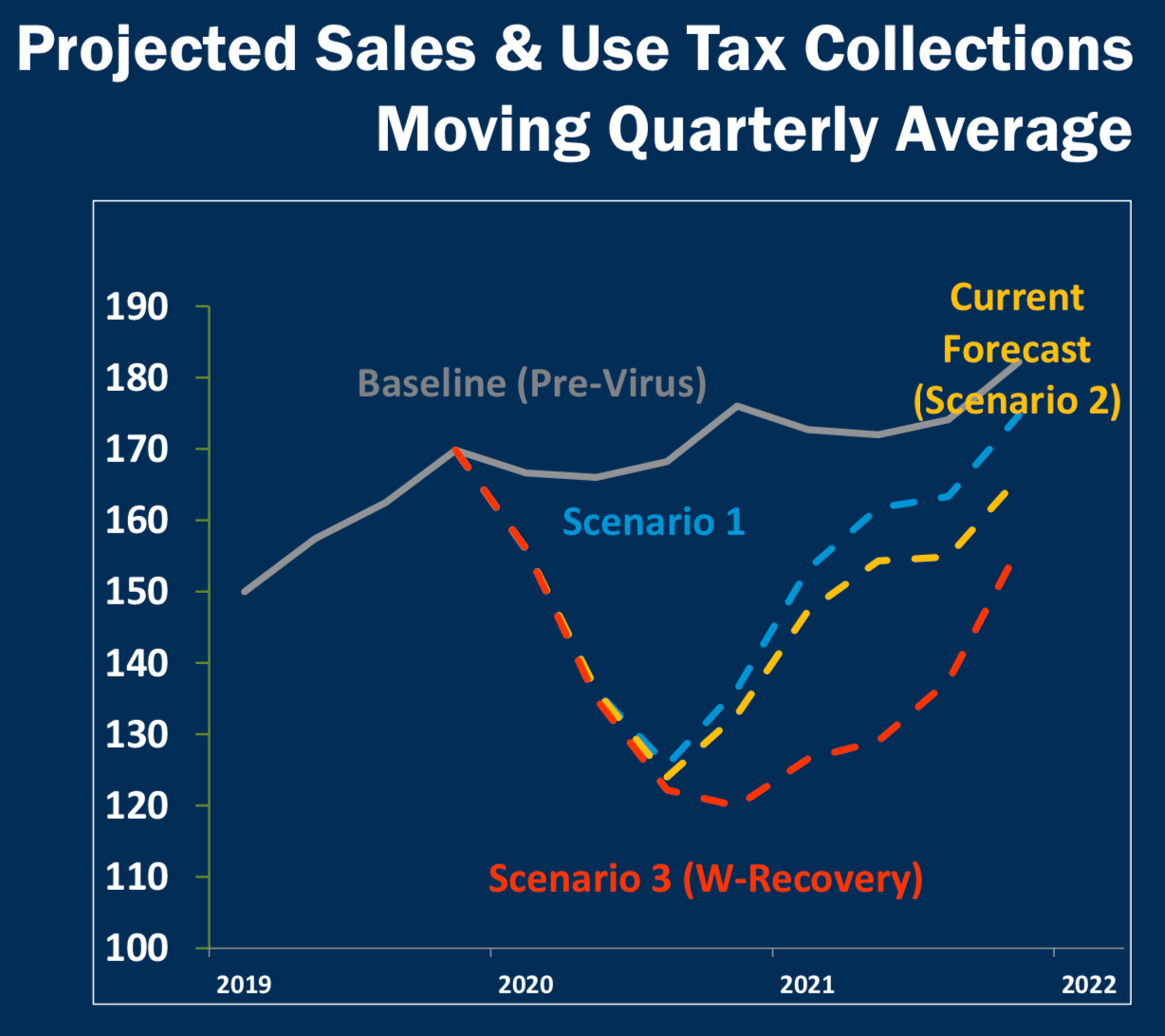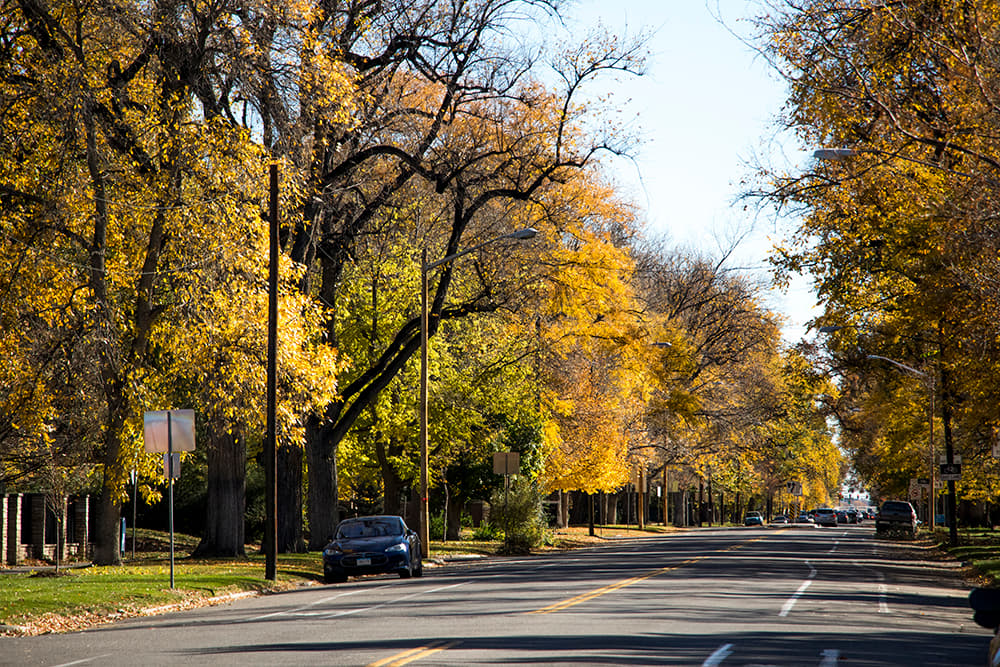During a presentation to City Council on Tuesday, city budget director Stephanie Karayannis Adams succinctly described a problem Denver faces: "What we're facing in 2020 is very similar to what we faced during the recession -- except for one caveat, and that is that we were not having to spend money to address a public health crisis."
Adams's office actually predicts a budget shortfall much worse than that of the Great Recession, with an expected revenue dive of 10.5 percent in 2020 compared to 6.5 percent in 2009, city documents show. Taxes paid by hotels, consumers, employers and workers fell drastically between March and May, as did parking revenue, leaving an estimated shortfall of $226 million by year's end. And a lot of Denverites are out of jobs.
Meanwhile, the city has spent $32 million and counting on its response to COVID-19 -- a respiratory disease that scientists say might see a second surge this fall. City financial officials are saying that, too, and preparing for the worst.
"We have not specifically modeled a resurgence this fall, but we recognize that that's a possibility," Adams said.
Economists see four basic types of recovery right now. Thankfully for us laypeople, they all look roughly like letters of the alphabet.
The V-shaped curve is the happiest. Basically, Denver's economy could rally and continue rising after this initial, steep dip.

The U-shaped recovery is similar to the V, except we would be in the doldrums longer and emerge from them more slowly.
A W-shaped curve has nothing to do with winning. Brendan Hanlon, Denver's chief financial officer, called the W scenario "very concerning." It entails a steep decline, a fleeting recovery, another decline and then an eventual return to normal over a long period of time.
The L-shaped recovery is, however, about losing. We all know what an L looks like. It doesn't rise, though the economic version of the letter eventually would.
Denver is probably headed toward a U-shaped recovery, at least right now, Hanlon said. Uncertainty looms large, though.
"I think back to 'The Power of Habit' book, and they say if you change habits within yourself for a six-week period of time, that they're likely to stick," Hanlon said. "We're changing the way we interact at work, how we consume, and we just don't know exactly how that's going to impact our long-term sales and use tax, which is a large function of our budget, but also it's very dependent on in-person sales."
Those in-person sales have slowly started to churn again since Denver lifted its stay-at-home order. But if people don't follow guidelines from public health officials, those in-person interactions could also undo the progress made with physical distancing and lead to the second surge, scientists told Colorado Public Radio -- the wave for which the city is bracing.
To prep for the economic onslaught, the city government has not just reopened businesses (to an extent). Mayor Michael Hancock's administration last week announced furloughs for city workers and an end to the free-parking party, too.
Emergency federal funds to the tune of $126 million will help reimburse Denver for its COVID-19 spending, but as of now they cannot be used to shore up dwindling coffers, said Margaret Danuser, deputy chief financial officer. So the city will store some of that money away for a possible second wave of the disease.
"We are expecting a surge in the fall, so (we're) setting some of the funds aside so that we can meet that need, should it arise in the fall," Danuser said. "We'd like to preserve flexibility with these funds to meet that resurgence. And if it doesn't show up, we want to release those funds back into programming."












